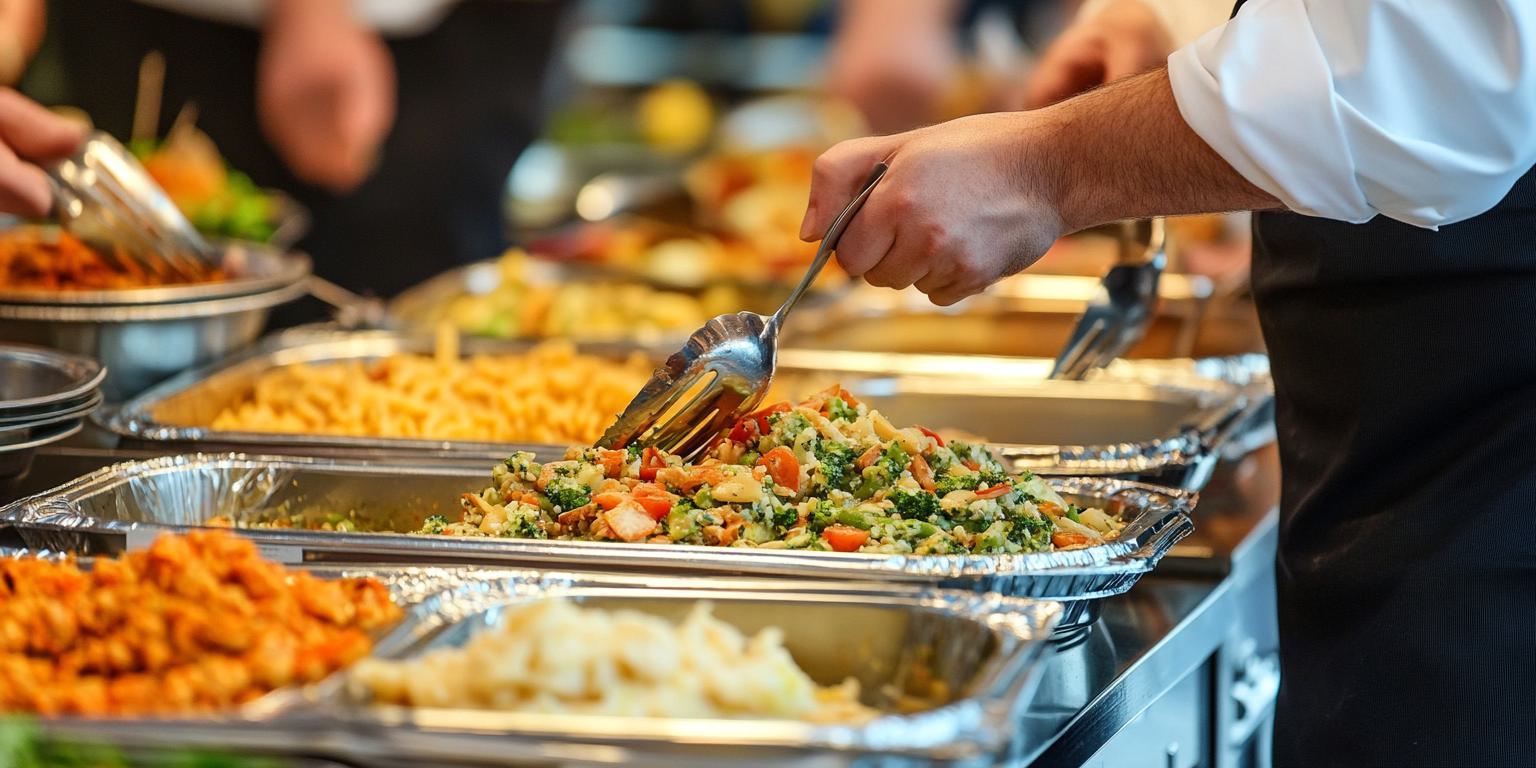
E. coli outbreaks can sometimes be linked to food served by caterers, and several factors can contribute to these incidents. Risks and considerations associated with E. coli outbreaks in catering include:
1. Food handling and preparation: Improper handling, preparation, or storage of food can increase the risk of contamination. E. coli bacteria are often introduced through poor hygiene practices, such as not washing hands after using the restroom and before handling food.
2. Cross-contamination: If raw foods, especially those of animal origin like meat, poultry, or raw vegetables that might have been grown in contaminated soil, come into contact with ready-to-eat foods, E. coli can spread. It’s important for caterers to use separate utensils, cutting boards, and surfaces to prevent cross-contamination.
3. Temperature control: Keeping foods at unsafe temperatures can promote the growth of E. coli. Keep hot foods hot and cold foods cold. Caterers need to monitor food temperatures closely from preparation through serving.
4. Contaminated ingredients: Sometimes, caterers use ingredients that are already contaminated with E. coli, such as contaminated produce or meats sourced from suppliers. It's crucial for caterers to get their ingredients from reputable sources with good food safety practices.
5. Water supply: Caterers sometimes work at venues where water quality cannot be guaranteed. If the water used for washing food or equipment is contaminated, it can lead to an outbreak.
6. Sanitation practices: Proper cleaning and sanitation of kitchen equipment, utensils, and cooking spaces are vital. Lapses in sanitation can contribute to the spread of E. coli.
To mitigate these risks, caterers should implement and adhere to stringent food safety protocols that include thorough staff training, routine inspections, and good hygiene practices. Preventing E. coli outbreaks is a critical aspect of maintaining public health, particularly in events where food is served to large numbers of people.